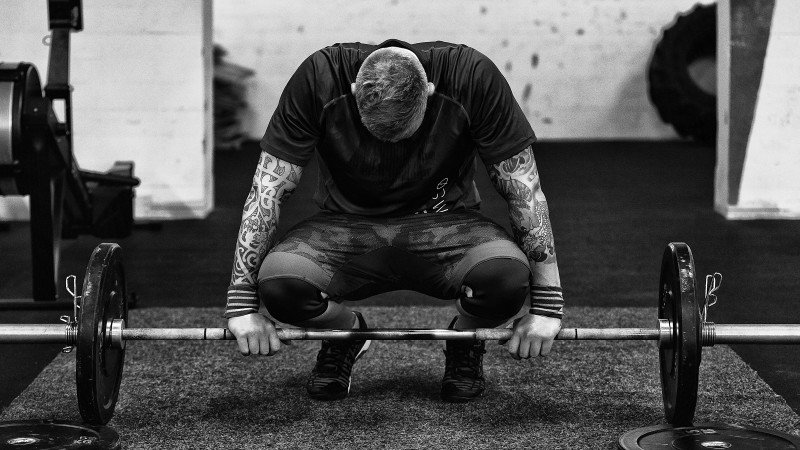Ignoring the proper functional progression is a recipe for lackluster results, and potential injury 🙁
So if you’ve hit a plateau, or hit some injury road bumps in your strength and speed training, then you may have been a bit overzealous and did not pay enough attention to maintaining your Foundation. It’s what allows for the strength and coordination to handle everything from our basic fundamental movements all the way to the most complex of motor skills.
| Fundamental Movement Examples | Complex Movement Examples |
|
|
The list on the right is definitely more attractive and impressive to be able to do. Some you may already excel at.
If so, please share a video of your performance on the Advanced Athletics Community Facebook page to inspire all of us.
The list on the left may seem rudimentary in your mind, but you’d be surprised at how those seemingly “basics” become unfamiliar and difficult to do if you don’t continue to revisit them often, and do them well.
Taking for granted these fundamentals, and skipping over them in the quest to become stronger and faster is what causes weak links in the kinetic chain. The result is stunted strength and speed, along with limitations in maintaining effective and efficient movement that may lead to injury.
Strength And Speed Are Skills In The Same Respect.
In strength and speed training, I consider the fundamental movement skills listed above as a part of your foundation.
To begin with, your body needs to be structurally balanced in order to have good durability. This means that your physical posture must have the correct musculoskeletal balance.
Ideally, in order for your body to be able to reach its maximal potential strength, power, and speed, it needs to have the optimal muscle to tendon length-tension ratio. This is what allows for your bones to be in the proper alignment, allows the joints to have full range of motion, and also allows the collective muscle groups, tendons, and fascial system to work effectively together.
Therefore all together, the stronger your foundation then the greater the harmony exists between the necessary mobility and stability to take on the more complex demands of building strength and speed.
Foundational Training also includes “pre-hab” exercises, which specifically target and maintain the mobility, and stability around the joints. This generally means the strengthening of the smaller but crucial joint support muscles through a full range of motion, because they are prone to breakdown and injury because the have to bear the brunt of the punishment from countering significant external resistance forces of lifting weights or delivering a body blow to your opponent, and the repetitive internal forces from movements and stress of performing your activity.
Some examples of “Pre-hab” exercises would be:
Shoulder external rotation
Hip abduction such as side lying “Clam Shells”
Ankle dorsiflexion such as toe-raised heel walking
Last but not least, foundational core exercises should be selected that encourage proper recruitment patterns. This is in an effort to get the core to do the job it was designed to do, which is to stabilize the hips and spine in order to further protect the spinal cord from anything and everything.
Exercises that encourage this are variations of the following:
Planks
Chops & Lifts
Turkish Get Ups
Exercises that may reinforce dysfunction because of heavy involvement of the hip flexors and increase spinal flexion such as:
- Sit-ups
- Crunches
- Leg raises
Now you should have a better understanding of what to focus on and what to avoid in order to build and maintain your foundation for the sake of durability and peak performance.
Remember to always revisit your fundamentals!








